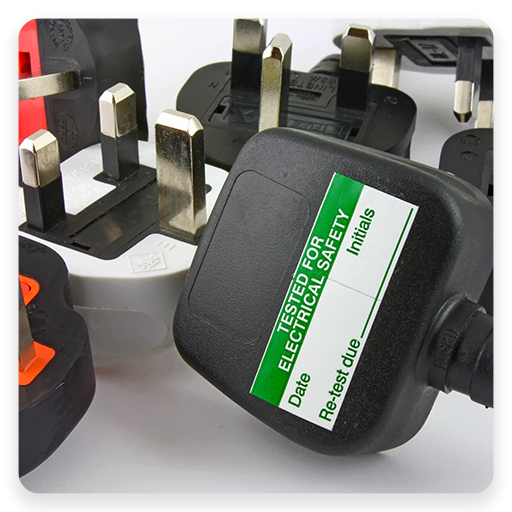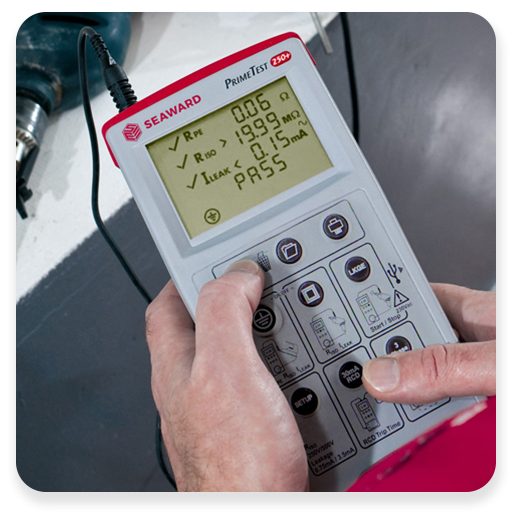PAT Testing


At EC Electrical Solutions Ltd we are fully qualified to carry out the examination of portable electrical equipment and appliances to ensure they are safe to use in the working environment (PAT Testing).
Visual Inspection
We will thoroughly conduct a formal visual inspection of your electrical equipment, taking into consideration:
- The environment the equipment is used in
- Good housekeeping of the equipment
- Disconnection of equipment
- The condition of the equipment
Combined Inspection and Test
Our combined inspection and test includes a preliminary inspection, earth continuity, an insulation resistance test and a functional check of the equipment.


Reporting
At the end of the inspection, you will receive a report detailing a register of all the equipment tested, along with a repair register and a faulty equipment register which will identify any defects that we have found.
A ‘Pass’ or ‘Fail’ label will be fitted to each appliance incorporating the following details:
- Unique Identification Number
- Initials of test staff
- Test date
- Re-test date
Portable appliance testing is usually carried out annually, however our inspecting engineers will recommend the next re-test date, taking into consideration the environment the equipment is used in and how well it has been maintained.
PAT TESTING FAQ
Do i get a certificate?
The PAT test certificate is provided to the business owner by our PAT testing specialist, after your portable appliances have been tested. It can be used to prove compliance to regulators, insurers, customers and staff.
What does PAT testing involve?
The Health & Safety Executive (HSE) advises that PAT testing should include three steps – user checks, a formal visual inspection and the manual PAT test using a portable appliance tester.
What is a ‘Class I’ electrical item?
Class I is any type of electrical equipment with an earth connection, which is a connection to the ground that prevents the user experiencing an electric shock. Damage to the earth connection can present a risk. It is recommended that all Class I equipment have regular PAT tests to check the earth connection is still sound.
What is a ‘Class II’ electrical item?
Class II, also known as ‘double insulated’ equipment, has extra insultation to prevent contact with live parts.
Examples of Class II items include drills, hedge trimmers, photocopiers and computers.
How often do I need a PAT test?
There are no rules around how often your equipment needs a PAT test. It is entirely down to the ‘duty holder’ (the person tasked with responsibility for electrical equipment) to assess the risk level and decide on the frequency of inspections. This is usually determined by the type of equipment, how often it is being used and whether the working environment is considered high risk or low risk.
How much does a PAT test cost?
This will depend on the type of equipment and how many items are being tested, but PAT tests are an affordable way to meet your health and safety obligations. ECES is proud to offer competitive prices, saving our customers up to 30%.
Customer Reviews
